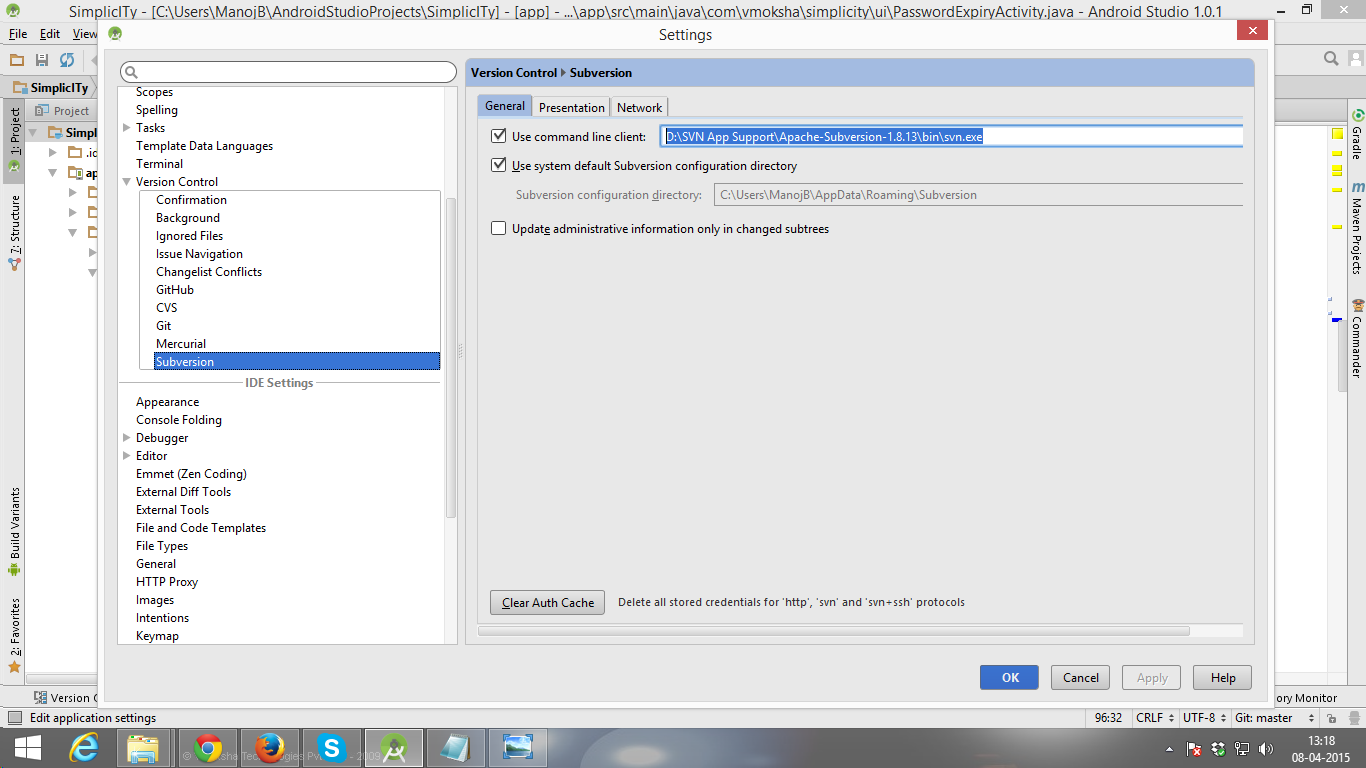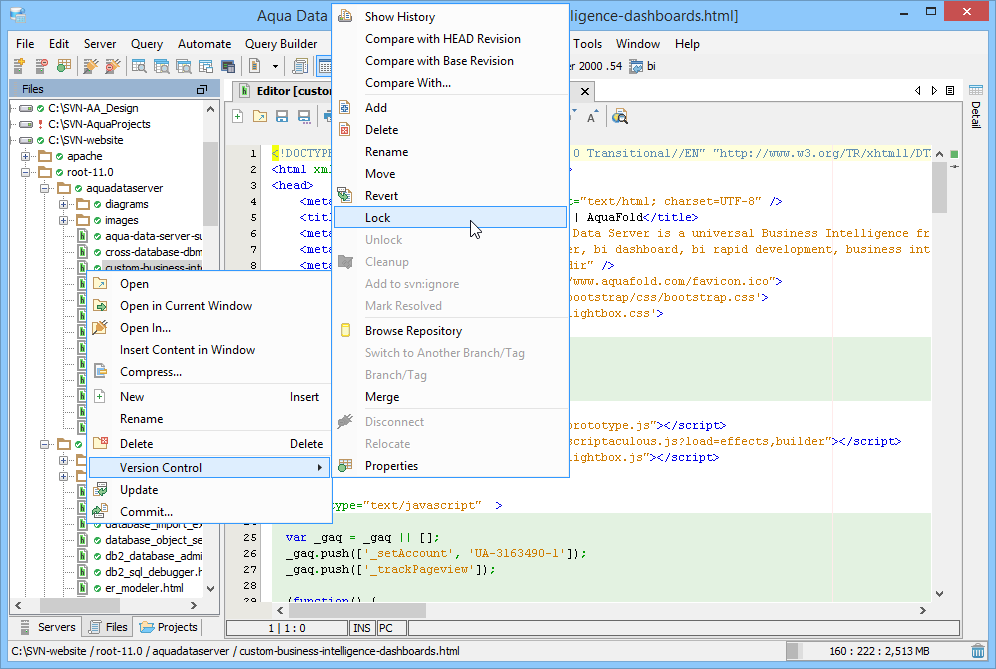SnailSVN Lite: SVN for Finder for PC and Mac. Written by Langui.net. Category: Developer Tools Release date: 2019-03-20 Licence: Free Software version: 1.9.8 File size: 16.91 MB Compatibility: Windows 10/8.1/8/7/Vista and Mac OS X 10.10. 3 thoughts on “ Finally, a good Subversion client for Mac OS X ” physical therapy nyc April 3, 2011 at 09:06. That is some pretty interesting point, hope to see more from you soon.
I wrote an article about a year ago, about svn (Subversion) being missing in Mountain Lion (10.8) and how to install it manually. Since then, I’ve got a new mac and have used myself this post to install it on the new machine. Since then there has also been new versions of subversion but unfortunately all my software are not compatible with it. So I’ve been looking into this topic again and wanted to share.
Another way to install svn on mac is to use a ditribution package from wandisco. They are available here. Do not use the packages on CollabNet which are outdated.
Unzip the .pkg file and double click on it and follow the instructions to have it installed.
At the risk of sounding obnoxious I'll just be the guy who says: the command-line client. It was in fact designed to be one's sole interface to the tool. At the risk of sounding obnoxious I'll just be the guy who says: the command-line client. It was in fact designed to be one's sole interface to the tool. It works the same on every platform, so you won't be putting effort into learning a GUI. If you are connecting to a remote SVN server. It converts it locally to mercurial/git. I personally find sourcetree to be most generally suitable for most versioning tools. It's not Mac OS X native, but you can give Eclipse's SVN client a try. It works on Mac OS X, and it's pretty good. By default TortoiseSVN always has a GUI (Graphical User Interface) associated with it. But on the installer (of version 1.7 and later) you can select the 'command line client tools' option so you can call svn commands (like svn commit and svn update) from the command line.

I still like it better with Homebrew since it makes it very easy to upgrade the packages and switch between packages.
To find out the version currently active with Homebrew:
You can check the versions of subversion which are available using:
This will return multiple lines, one per version, each containing a version number and the checkout command e.g.:
Choose the version you want to install e.g. here 1.8.1, switch Homebrew’s prefix,checkout the package and install it:
Then reset the formula:
You can then switch between versions using brew switch (which updates the symlink in /usr/local/bin to the specified formula version in the Homebrew cellar) e.g.:
Of course mechanism can be used for any other Homebrew package.
If you get errors in XCode while accessing working copies created with a newer version, you might need to link the newer version into XCode by doing the following:
- Create a backup directory for the svn binaries currently used by XCode
- Moving the current binaries to the backup folder
- Linking the binaries of the new version installed with Homebrew into Xcode (as a replacement for the moved ones)
Sylenth 64 for mac. You can do that by executing the following and replacing 1.7.4 by the actual subversion version you want to use in XCode:

Note that you can also use Homebrew-versions instead. It provides multiple formulas for different versions of existing packages e.g. subversion1.6 and subversion1.7. If you use it, you will of course not be able to upgrade from 1.7 to 1.8 but only from 1.7.2 to 1.7.3 but it’s maybe what you are after…
You can install from Homebrew-versions using:
You’ll notice that Homebrew-versions only has packages for subversion 1.6 and 1.7. But I guess 1.8 should come soon.
Free Svn Client For Mac
So there are quite a few ways to install subversion on your mac and handle different versions. The one I like best is still just installing it with Homebrew and switching to the one I use most. The other versions are still available by other switching to a particular version as shown above or by using the svn command from a particular version in the Homebrew Cellar e.g.
Mac Install Svn
Related posts:
Question or issue on macOS:
Setting up some web development stuff with a friend, he’s using Versions SVN (paid for by his company) which looks fantastic but is a touch pricey.
I was tempted by SVNx but if I’m honest don’t like the idea of using command line at all – much prefer a nice and easy to use GUI.
I don’t mind paying for it if I have to, but I was wondering if there were any really good alternatives? We’ll be using Springloops as an SVN fwiw.
How to solve this problem?
Solution no. 1:

EDIT : Use iSVN as its free
Take a look at RapidSVN. They have a build for the Mac OS.
Note : not supported for mac os 10.8.3 anymore
Solution no. 2:
If you have installed Xcode
File -> Source Control -> Repositories
or in the startup window of Xcode
Also you can press in Xcode
Cmd+Shift+2 and select repositories.
Solution no. 3:
If you are looking at the SVN package, Collabnet has it
Best Free Svn For Mac
If you are looking for GUI Client (Open source)
Rapid by Tigris
http://rapidsvn.tigris.org/
SVNX by La chose
http://code.google.com/p/svnx/
SCPlugin by Tigris
http://scplugin.tigris.org/
SmartSVN by Syntevo
https://www.smartsvn.com/
If you are looking for free GUI (non-open source)
Sourcetree
http://www.sourcetreeapp.com/
*note this is a mercurial/git versioning. If you are connecting to a remote SVN server. It works. It converts it locally to mercurial/git.
I personally find sourcetree to be most generally suitable for most versioning tools.
Solution no. 4:
It’s not Mac OS X native, but you can give Eclipse’s SVN client a try. It works on Mac OS X, and it’s pretty good.
Solution no. 5:
I was also after a free SVN app, I tried a few different solutions, but none of them quite hit the mark. To start with I was excited by svnX, but then it’s really confusing how it treats ‘working copies’ and ‘repositories’ differently – I still am not quite sure exactly when/why to use which of the multiple windows. It seems to cover everything, but just not fluently.
Svn Client For Mac Free Download
You know what I’ve ended up using? Netbeans
I’ve been using it as my IDE for a while now, and have always liked it, but I didn’t use it for SVN while on my PC (I preferred the Tortoise SVN interface). But now on OSX I’ve been after something that has similar functionality and I was very surprised to find that Netbeans seems to be perfect! All I was after was a single browsable file tree that you can right click and apply all the familiar commands (update, commit, revert, search history, diff against other versions) etc, and netbeans has it all. It’s actually really thorough, logical, familiar and complete. It’s surprisingly similar to Tortoise in the general navigation & interface (minus the pretty icons of course) – but I’m impressed. Give it a shot!
Solution no. 6:
I propose you JEdit with SVNPlugin.